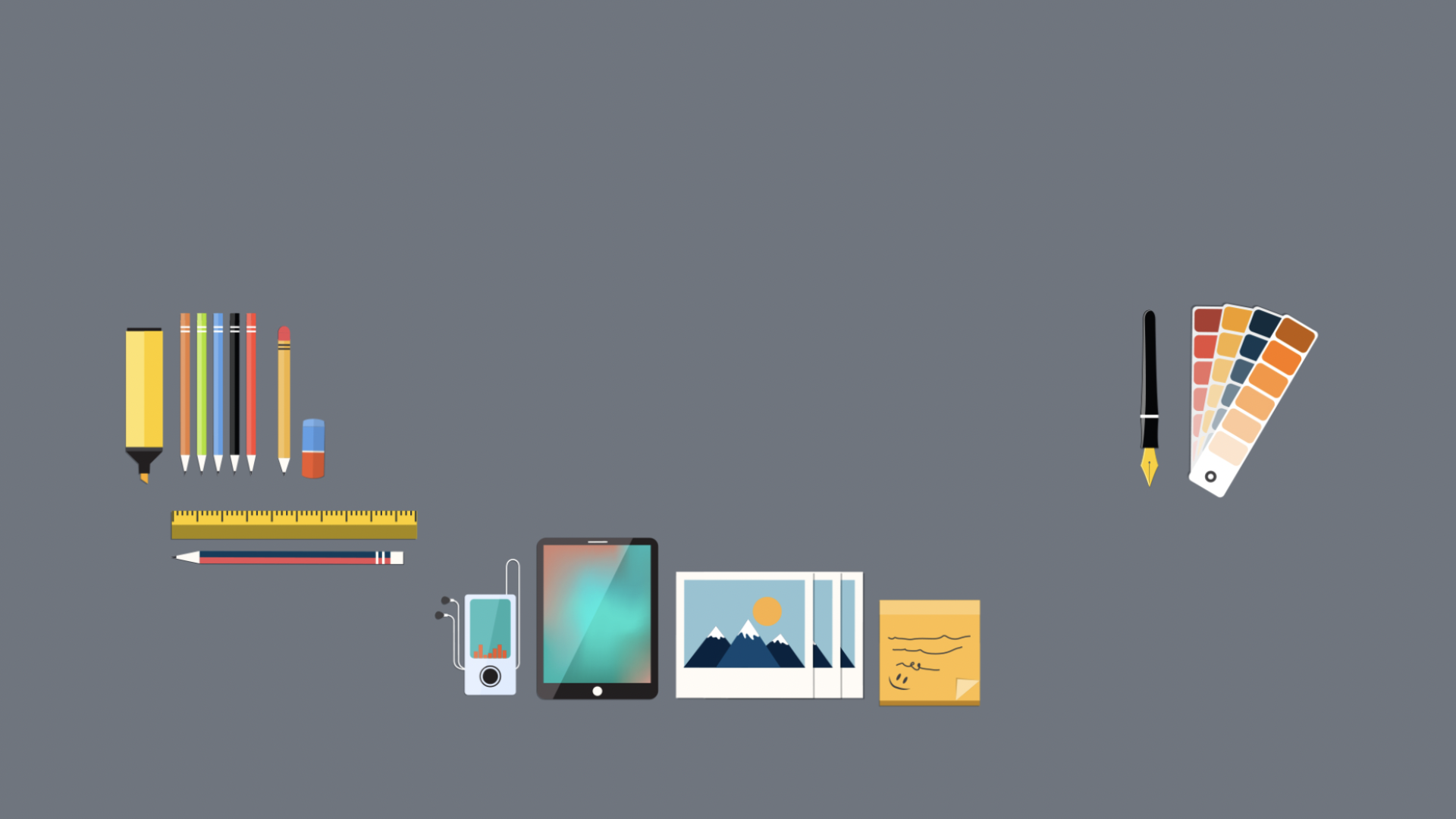Layout
Due to the lengths of my prototypes and information, it was easier to establish and present the following page plan of my website through a storyboard that clearly identifies pages, information and structure of how all my websites may be displayed to the public eye.


The colours within the sections separate the pages between each storyboard box, boxs that are next to each other follow on the same page, just to scroll down, this is how it would be presented as a whole page. Using the techniques of columns and sectioning, galleries and typography skills, many various styles were accomplished and developed along the way to further expand my design pieces through the many ways of typography styles and cultural designs. Allowing myself to test and visually see how my website would look whilst still being able to delete and remove unwanted designs that failed.
Colour Theory / Style Guide
Style guides are put in place to represent what a website’s house-style theme may look like. Creating one to represent the use of different fonts that best fit my paragraphs, titles and sub-titles, as well as the various colours used across the page to fit the style.
Throughout my studies, I learnt the value and importance of the colour Green in Islam which led to my style choices and decisions. Muslims follow the ways of the last Prophet Mohammed PBUH (peace be upon him) who guided and helped Muslims around the world. His favourite colour was green, which represents the environment and how Allah SWT (God) created the environment as a key aspect of the earth.
Adobe Illustrator and Photoshop played a big part in editing and creating the illustrations shown above, which helped demonstrate the 5 pillars of Islam, concentrating on their importance and the way the illustrations are designed, giving my audience a better understanding of each topic and its true meaning.
Tufte’s Design Theory
Tufte uses colour to measure subtle variations of value, testing out by lighter or darker shades, often reflecting back on the reflection of the colour itself. Tufte uses a annotated map to demonstrate his example of the ocean and its colour values, showing that when the deeper side of the ocean was revealed, the blue became darker reflected with the depth of the ocean itself.


Using Tufte’s example allowed me to learn more about the meaning of colour, identifying the different shades and being able to incorporate different shades of green through my own designs. Tufte has also allowed me to better present my gradient chart of colours when designing other idea’s and style guides to clearly pick out and choose colours of shades that will best fit my design scheme.
Reference
login.microsoftonline.com. (n.d.). Redirecting. [online] Available at: https://canvas.hull.ac.uk/courses/65598/files/folder/Tufte%20Lectures?preview=4472403 [Accessed 2 May 2024].

